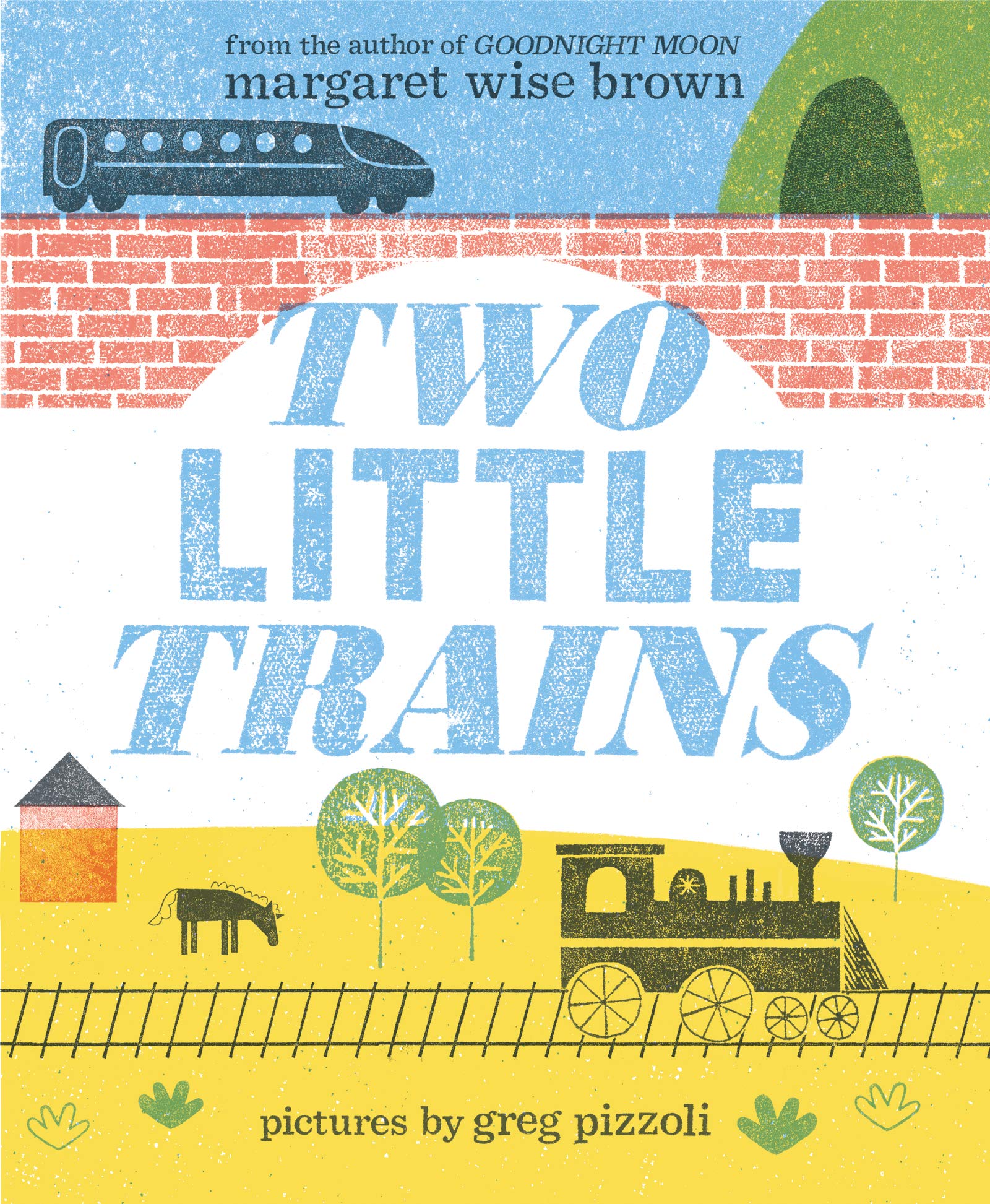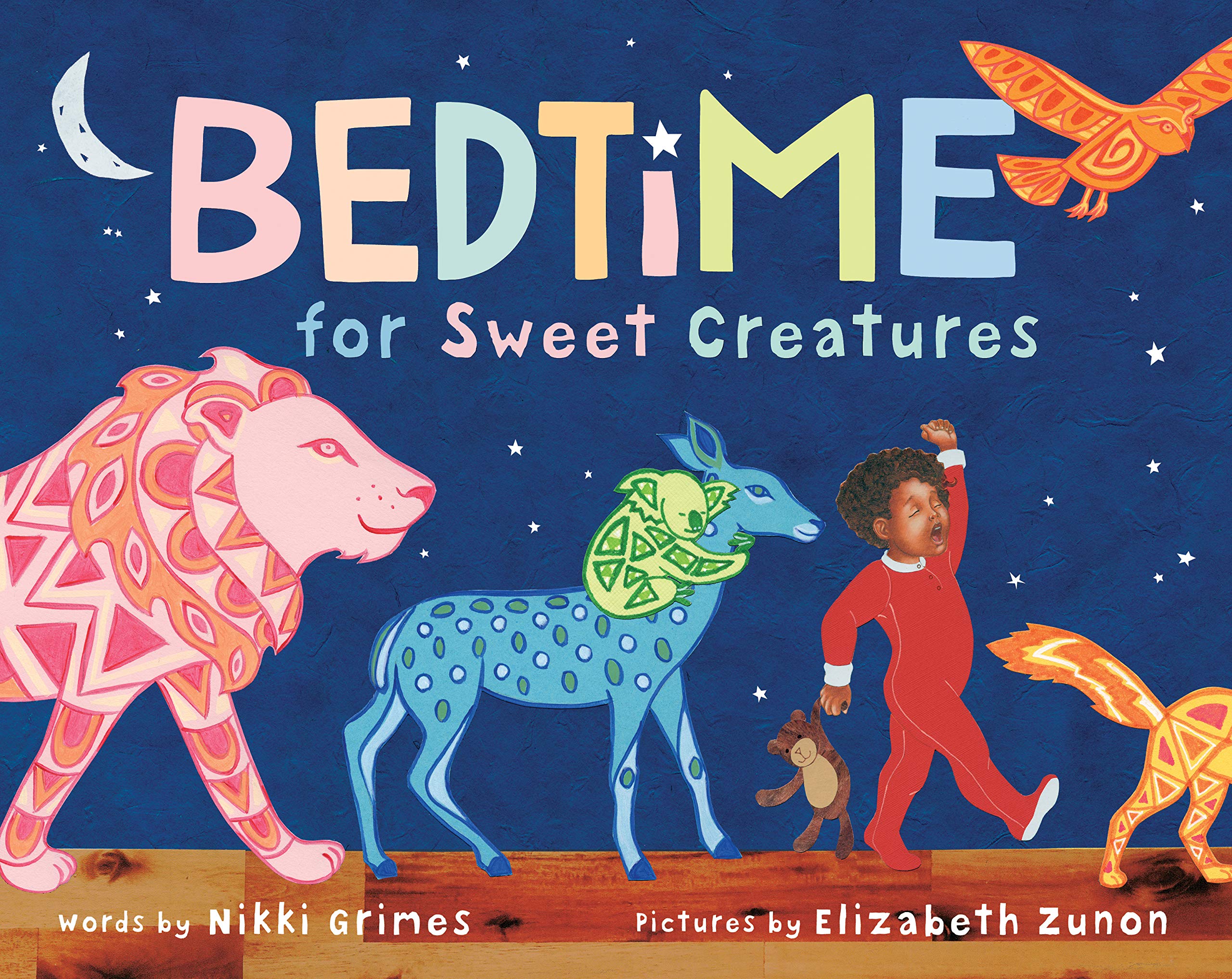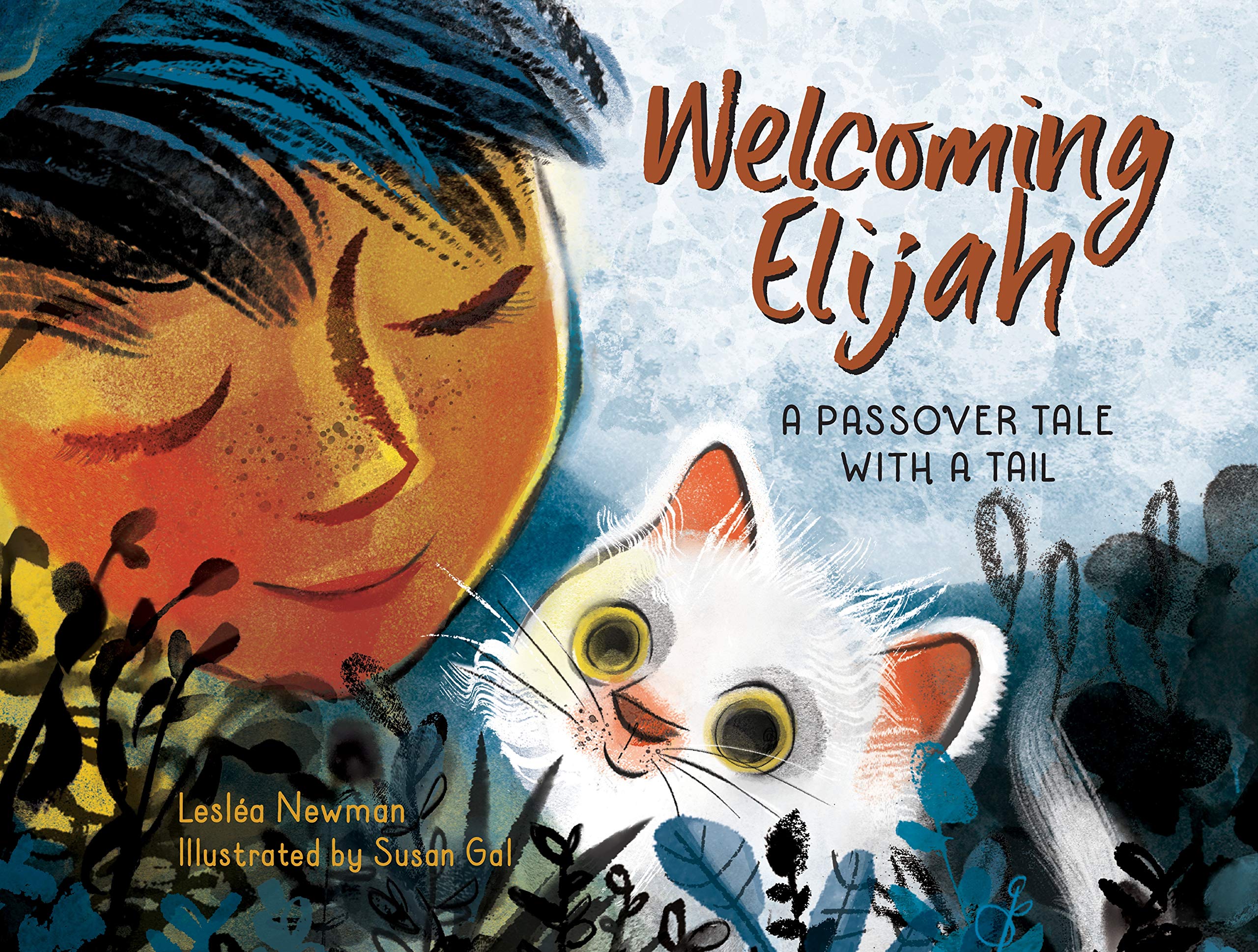 When You Trap a Tiger by Tae Keller, 2020
When You Trap a Tiger by Tae Keller, 2020
Recommended for grades 4-8; magical realism
This book is currently number two on my list of best middle grade books of 2020. (My top favorite so far, by the way, is From the Desk of Zoe Washington, but I’m not writing about that today because I finished it a couple months ago and don’t have a copy right here with me) When You Trap a Tiger is essentially a magical realism story that gets its magical elements from Korean folklore. In my personal opinion, magical realism for children isn’t often well-written, so this stands out as a book that pulls it off well. That may be largely because it grounds itself in the real world a little more than most magical realism by having the characters acknowledge and question the strangeness of the magical elements. In fact, it draws heavily on the fantasy/horror/adventure trope in which a child protagonist needs to act in secret because adults won’t understand or believe what’s happening. In this case, though, there is one adult who understands the magic; the problem is that no one really takes her seriously either.
The story begins when Lily and her mother and teenage sister Sam move in with Halmoni. (That’s the Korean term for grandmother) Lily admires her grandmother’s style and quirks, but to everyone else, Halmoni seems eccentric and very superstitious. Later, Lily finds out that other kids call Halmoni a witch. Another thing Lily doesn’t realize until later is that the real reason for the move is that Halmoni is seriously ill. She has brain cancer which is making her even more eccentric, and sometimes delusional. At least, that’s what everyone else thinks. Lily thinks that the things Halmoni is saying are true. She believes it when Halmoni tells her that, as a child in Korea, she stole stars out of the sky and put them into jars because they were stories that were too dangerous to tell, and that she has since been hiding them from the tigers, who want them back. It sounds crazy, but it must be true, because Lily keeps catching glimpses of a tiger who is clearly after her grandmother.
When the tiger finally speaks to Lily, it’s to offer a deal. If Lily returns the stories to the tiger, the tiger will heal Halmoni. Lily knows from all the stories that tigers aren’t to be trusted, but she doesn’t know what else she can do that might help her grandmother. Together with Ricky, a friendly boy she met at the library, Lily builds a tiger trap in the basement. (She repeatedly tells Ricky that it’s “hypothetical”) After stumbling across old jars which she realizes must contain the stories, she decides to use them as bait. The magical talking tiger, of course, is too powerful and crafty to be contained by a trap. So Lily gives in to the tiger’s offer and agrees to exchange the stories for her grandmother’s health. That doesn’t work, either. At a couple points, Halmoni temporarily seems to be feeling fine, but in actuality, her health is rapidly deteriorating, and there’s nothing Lily can do about it.
The tiger later tells Lily, “Healing is not always about curing illness. Often, it is about understanding. And when you face your whole story, you can understand your whole heart.” While that’s an unsatisfactory and somewhat corny resolution for the storyline of Halmoni’s illness, (I frankly would have preferred to just accept that the tiger was lying and making false promises all along) this book also contains numerous subplots about family relationships and friendship, which fall into place more nicely.
Over the course of the story, Lily gradually stops being “invisible”, which she describes as a secret power at the beginning of the book, even though it’s actually something she dislikes about herself. She is what her sister Sam calls a “QAG”, which stands for Quiet Asian Girl. While that’s true, Lily dislikes being seen that way, and she’s irritated that her mother considers Lily and Sam to be exact opposites. Sam herself is opinionated, rebellious, and, as Lily puts it, “sticky”. That is, people stick to her; she makes friends easily. Lily considers herself very much “un-sticky”, so her friendship with Ricky comes across as significant character development.
Meanwhile, various conversations throughout the story raise interesting philosophical questions, mostly about the meaning of bravery, the value of storytelling, and the fact that a person can have somewhat contradictory traits. (In particular, that Lily’s own quiet demeanor can coexist with a courage fueled by fierce loyalty) Most of the main characters, certainly including Lily herself, are determined to be brave and strong, especially when it comes to protecting their loved ones. Although the tiger is literally real in this story, she also comes across as a metaphorical image of courage and power. By the end of the book, it has been established that to equate a person with a tiger is to compliment that person. I felt that Tae Keller did a good job of explaining the imagery clearly enough to keep this book within a child’s comprehension, but without letting the story become intellectually condescending.
It is also established that Halmoni was indeed wrong to steal stories so that they couldn’t be told. Stories are meant to be told, even the “dangerous” ones. In keeping with the folkloric background, there’s also a hint that stories can be changed. One moment I particularly liked was when Lily and Sam realized that they had been remembering completely different versions of one particular story, even though it’s one that Halmoni told them many times. Since it’s about two sisters and a grandmother, Lily takes the story very personally. It’s mentioned frequently throughout the book. But Lily remembered a happy ending and thought that the younger sister was the main character, and Sam remembered a sad ending and thought that the older sister was to blame. Although she tells Lily that the story is “the worst”, it seems that she also feels that it has personal significance. As a side note, Sam’s personality and character arc are just as well-developed and interesting as Lily’s. I could easily imagine this book being rewritten as a YA novel from Sam’s perspective.
When You Trap a Tiger would be a great book to recommend to middle-grade readers who have already read and enjoyed other books inspired by folklore, such as those by Grace Lin. I’m specifying her because she’s a big name in Chinese American literature, and children who are familiar with her stories will likely be intrigued to compare and contrast the Korean folktale elements with the Chinese ones. However, despite its magical elements, this book will also have appeal factors for readers who typically prefer realistic fiction. The themes and subplots involving family relationships, struggling to make friends, coping with illness and death, and facing fears are all things that are presented realistically and believably in this book.
 Jack Goes West
Jack Goes West  Two Little Trains
Two Little Trains  Under the Lilacs
Under the Lilacs  Bedtime for Sweet Creatures
Bedtime for Sweet Creatures  Welcoming Elijah: A Passover Tale with a Tail
Welcoming Elijah: A Passover Tale with a Tail